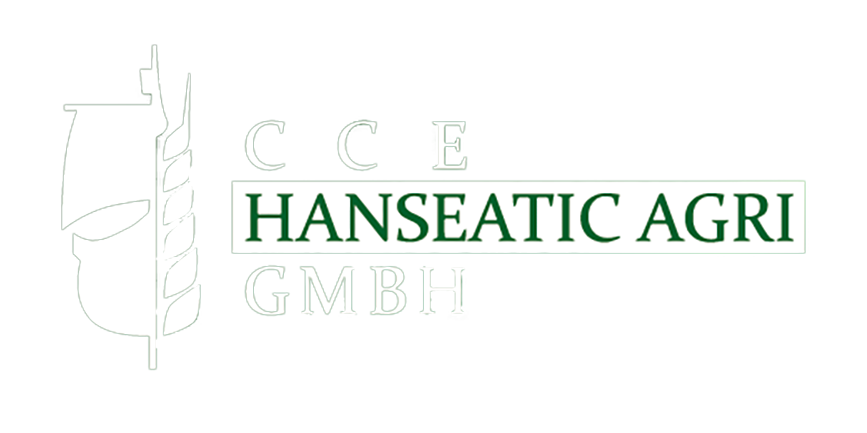In an era where sustainability and nutrition are paramount, the pet food industry is on the cusp of a significant transformation. With a growing global population and a heightened awareness of environmental concerns, alternative proteins are emerging as viable solutions to meet the demand for protein-rich pet food.
This exploration delves into the various alternative protein sources, encompassing plant-based proteins, cell-based meats, and insect protein, each offering unique benefits and challenges. As we navigate these alternatives, we focus on informing pet food manufacturers of the potential these proteins hold for the future of dog foods and pet nutrition, ensuring they are well-equipped to make informed decisions in product development.
The Importance of Alternative Protein Sources
The shift towards alternative proteins in the pet food market is driven by more than just a trend. It’s a response to the critical need for sustainable, ethical, and nutritionally adequate sources of protein. Traditional livestock farming faces land degradation, high water usage, and greenhouse gas emissions. Alternative proteins present an opportunity to address these issues head-on, offering:
- Sustainability: Reduced environmental footprint compared to traditional animal protein sources.
- Nutritional Adequacy: Many alternative proteins provide essential amino acids, fatty acids, and vitamins necessary for pet health.
- Ethical Feeding: A way to meet the dietary needs of pets without relying solely on animal-based ingredients.
Overview of Alternative Protein Sources
Plant-Based Meat Alternatives
Plant-based proteins are gaining traction in the pet food industry as a sustainable and nutritious source of protein. Ingredients like soybeans, peas, and lentils are not new to pet food formulas but are being joined by innovative sources like duckweed and algae. These plant-based proteins offer:
- A rich source of protein and essential amino acids for pets.
- Environmental benefits due to lower water and land usage.
- An alternative for pets with food allergies or sensitivities to animal proteins.
Cell-Based Meat Alternatives
Cell-based meat involves cultivating animal cells in a lab to produce meat without raising and slaughtering animals. While still in the early stages of development for pet food, cell-based meat offers intriguing possibilities:
- A natural meat alternative that reduces the environmental impact of livestock farming.
- Potential to produce high-quality, nutritious meat with a lower risk of contamination.
- Challenges such as cost, scalability, and regulatory approval remain significant hurdles for pet food manufacturers.
Insect-Based Protein
Insect protein is emerging as a highly sustainable and nutritious alternative protein source for pet foods. Insects like black soldier fly larvae, crickets, and mealworms are rich in protein, essential amino acids, and fatty acids. They offer:
- High feed conversion efficiency, requiring less feed and land to produce protein.
- Lower greenhouse gas emissions and water usage compared to traditional livestock.
- A novel protein source that can help manage pet food sensitivities and allergies.
Advantages of Bulk Purchasing for the Industry
For pet food companies, bulk purchasing alternative protein sources presents several advantages. Economies of scale can significantly reduce costs, making sustainable ingredients more accessible. Additionally, bulk purchasing ensures consistent supply, crucial for maintaining steady production lines and meeting market demand. Key benefits include:
- Cost Reduction: Lower per-unit costs through economies of scale.
- Supply Chain Stability: Reliable access to alternative protein sources to avoid production disruptions.
- Quality Assurance: Working closely with suppliers to ensure high-quality, consistent ingredients.
Challenges and Opportunities
The journey toward incorporating alternative proteins into pet food formulas has its challenges. Pet food manufacturers ‘ primary concerns are mass production, quality control, and meeting nutritional standards. However, these challenges also present opportunities for innovation and differentiation in the pet food market. By overcoming these obstacles, companies can:
- Lead the market in sustainable and ethical pet food production.
- Offer products that cater to pets with food allergies or sensitivities.
- Utilize yeast protein and other novel ingredients to enhance nutritional profiles.
Why Choose Hanseatic-Agri
At Hanseatic-Agri, we pride ourselves on being at the forefront of the alternative protein movement within the pet food industry.
Our expertise in sourcing and supplying bulk quantities of innovative protein sources positions us as a critical partner for pet food manufacturers looking to lead in sustainability and nutrition.
Our commitment extends beyond supply; we are dedicated to supporting our partners in developing protein-rich pet food that meets the highest quality and nutritional adequacy standards. With Hanseatic-Agri, pet food companies gain:
- Access to a wide range of sustainable, high-quality alternative protein sources.
- Expertise in bulk supply chains, ensuring reliability and cost-effectiveness.
- Support in navigating the challenges of incorporating alternative proteins into pet food formulas.
In conclusion, the shift towards alternative proteins in the pet food industry reflects a broader movement toward sustainability and nutritional innovation.
As pet food manufacturers explore plant-based proteins, cell-based meats, and insect protein, the opportunities to redefine what we feed our pets are vast. Hanseatic-Agri stands ready to support this evolution, offering the expertise and resources needed to harness the benefits of alternative proteins for a more sustainable and healthy future.



